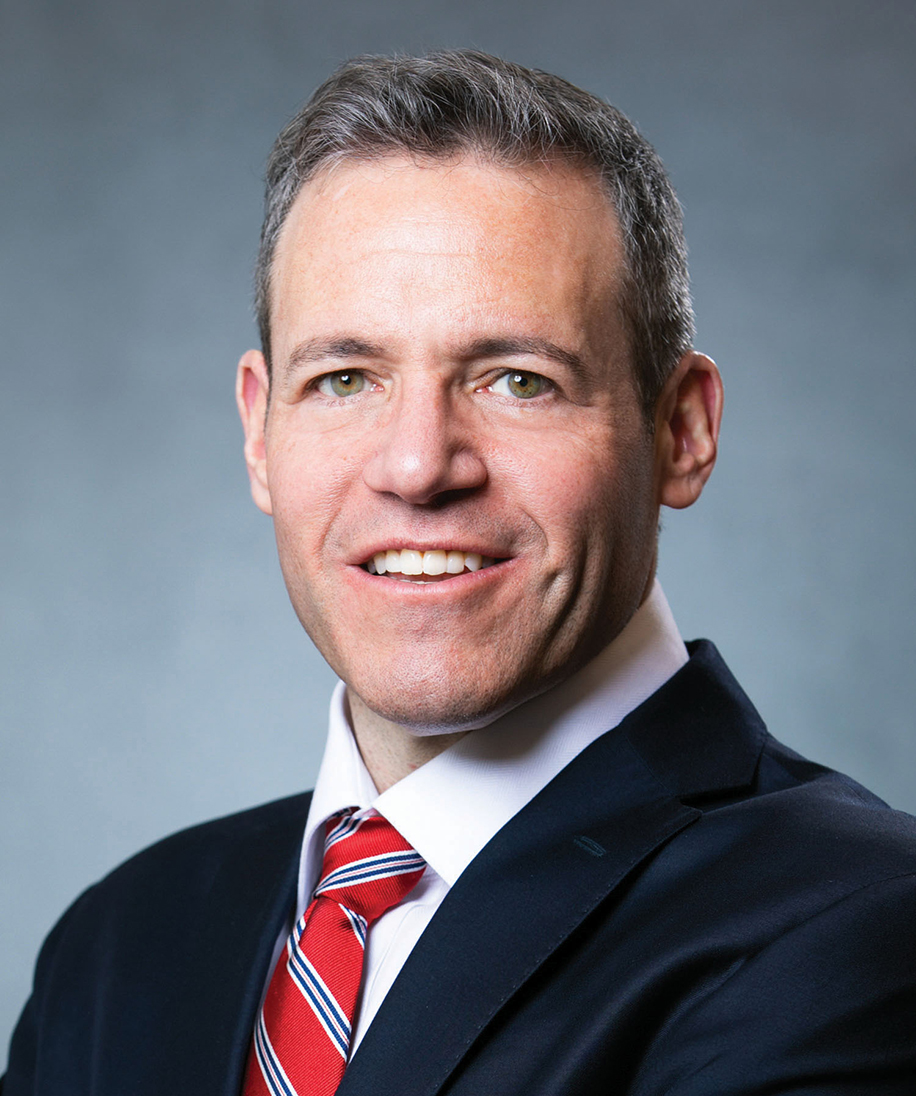Attorney Authored
The Gatekeeping Function of Patent Eligibility as Part of a More Complete Understanding of § 101 Principles
April 26, 2016
By Bruce Wexler & Edwin Mok
From a review of the opinions expressed in the majority decision and rehearing denial in Ariosa Diagnostics, Inc. v. Sequenom, Inc., 788 F.3d 1371, reh’g en banc denied, 809 F.3d 1282 (Fed. Cir. 2015), petition for cert. filed (No. 15-1182, Mar. 21, 2016), and in the briefs filed by various parties in relation to Sequenom Inc.’s petition for writ of certiorari, we can see several different viewpoints emerge with respect to the case. Some express the viewpoint that the case reached the wrong outcome, either because the Court (a) misunderstood the facts relating to the invention or patent, (b) misapplied existing § 101 principles, or (c) both. Others express the viewpoint that the case reached the right outcome, either because the Court (a) correctly applied § 101 principles, or (b) incorrectly did so but would have reached the same outcome under a correct analysis. And there are also some who express the viewpoint that the case correctly applied current § 101 eligibility principles but still reached a wrong outcome, such that § 101 requires a serious overhaul, or should be done away with altogether as a patentability criterion. In this article, we do not take a position on any of these viewpoints. Rather, we write to shed more light on the gatekeeping function of patent eligibility which we see permeating judicial decisions on § 101, making it worthy of careful contemplation when considering any one of the positions expressed above.
Contributors

Practice Areas
For More Information
